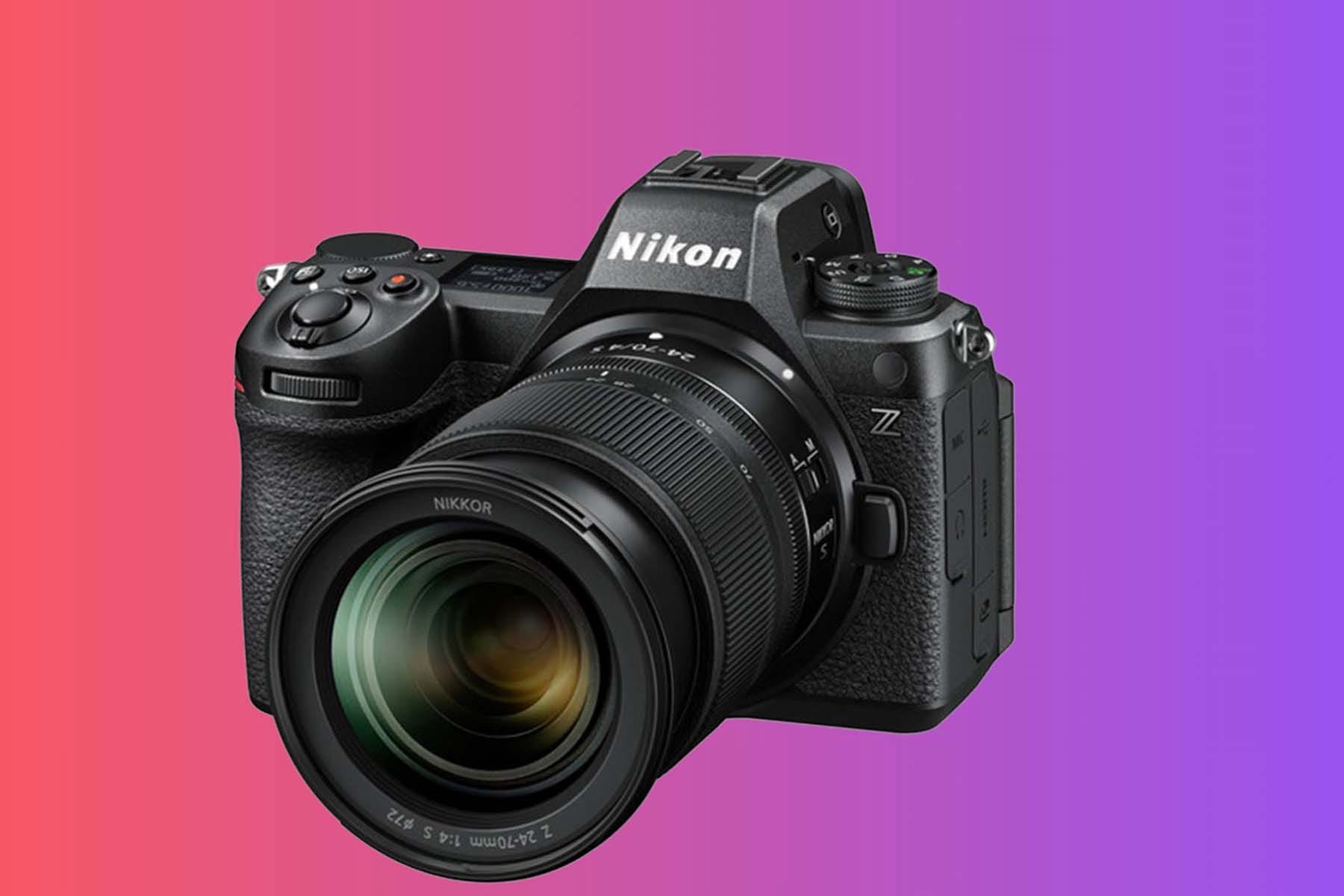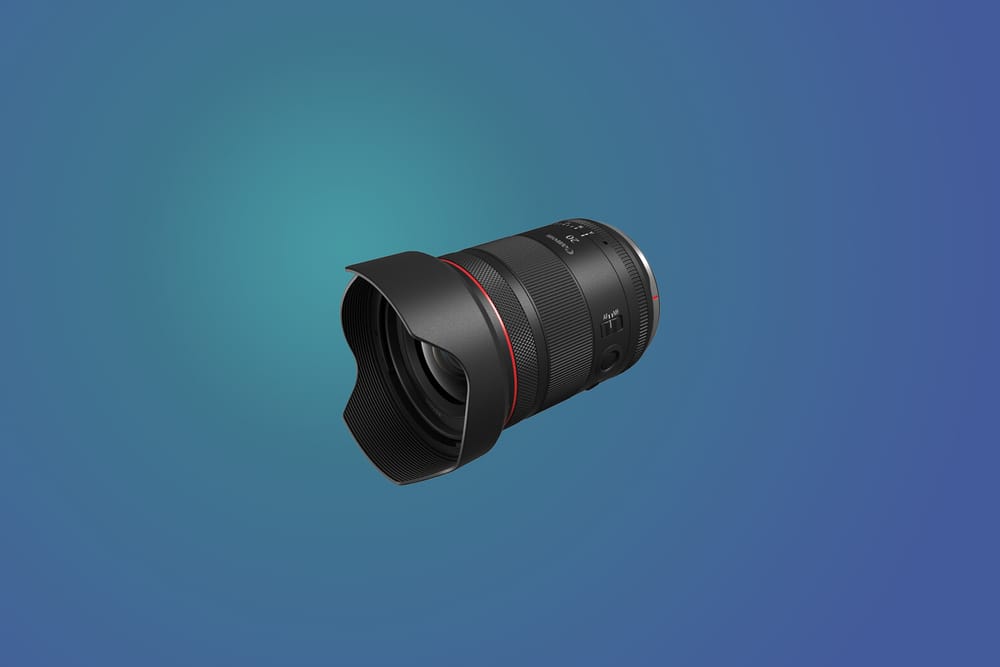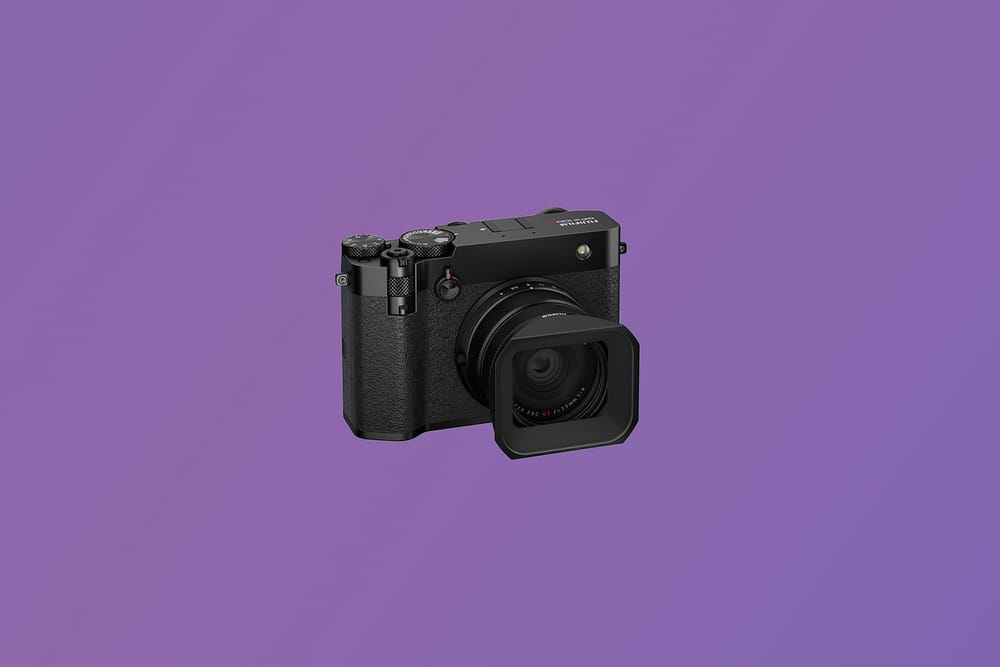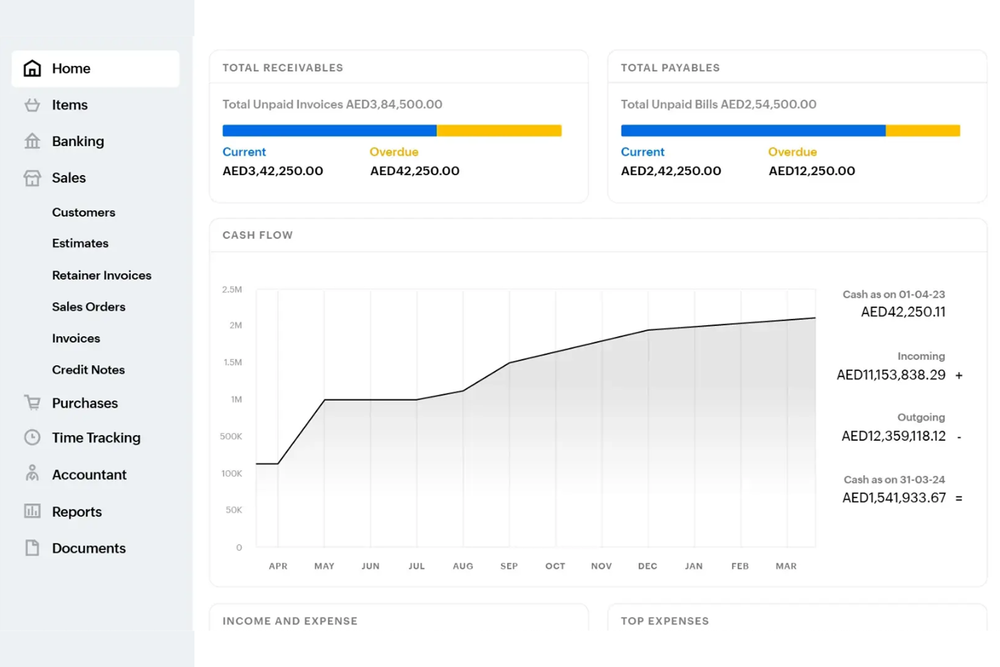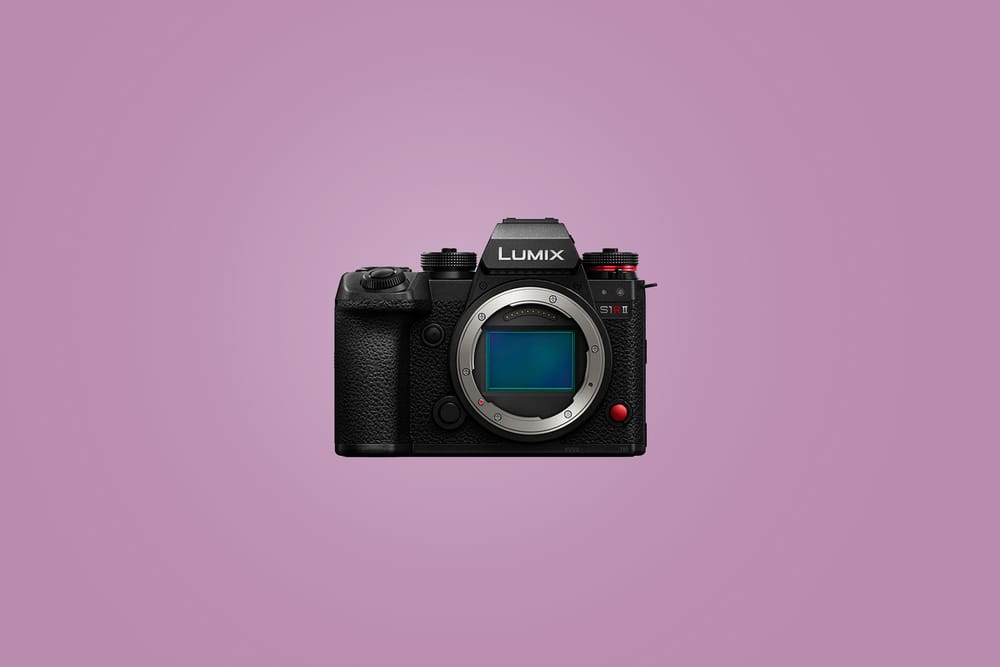The Nikon Z6 III, the latest iteration in Nikon's Z series of mirrorless cameras, has hit the market with a promise of enhanced performance and versatility. This review delves into its features, performance, and how it stands up against its predecessors and competitors.
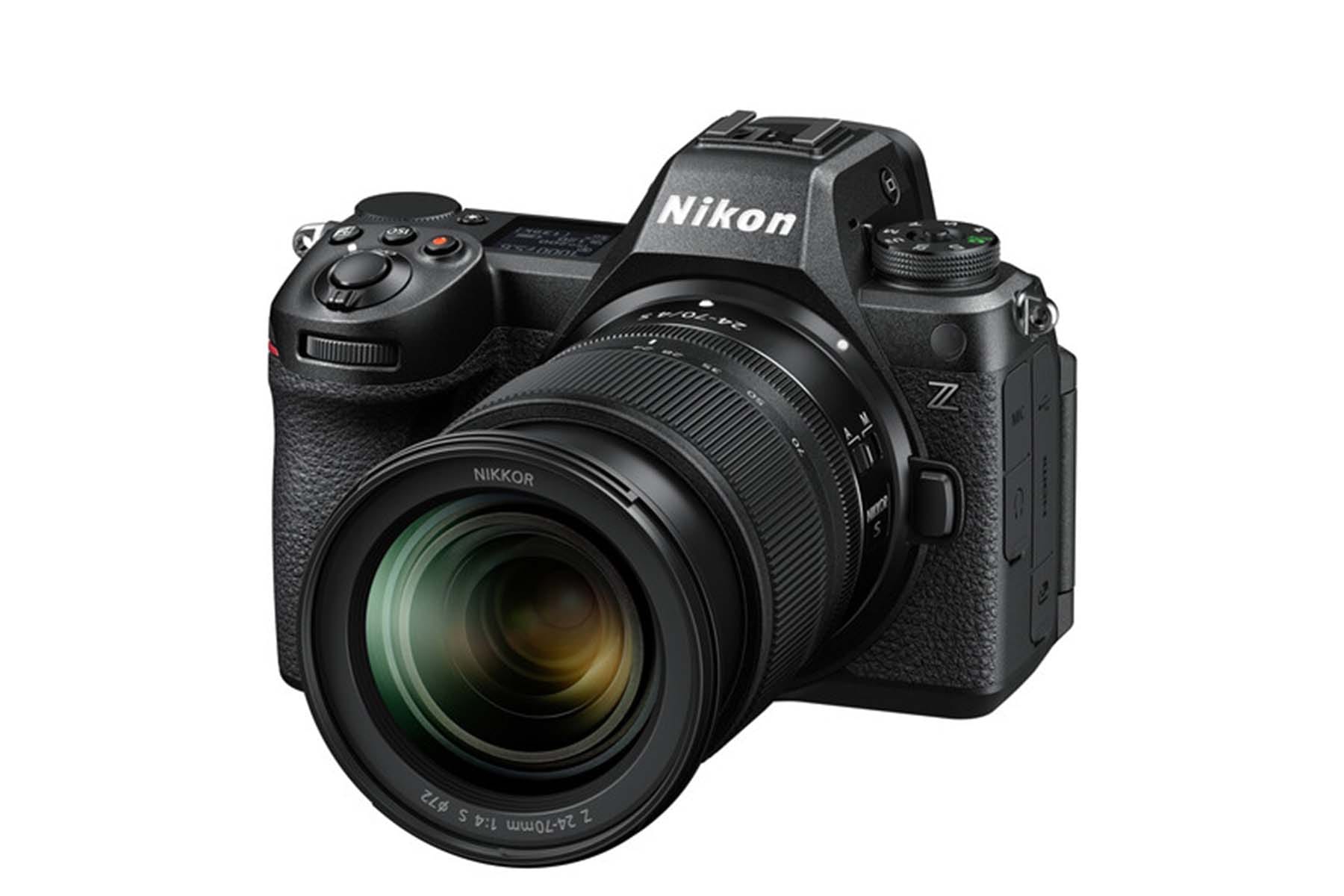
Design and Build Quality
At first glance, the Nikon Z6 III retains the robust, ergonomic design that the Z series is known for. The camera body is crafted from magnesium alloy, ensuring durability while maintaining a lightweight form factor. The grip is comfortable, providing a secure hold even during prolonged shooting sessions. The button layout remains intuitive, with minor tweaks that improve accessibility and ease of use.
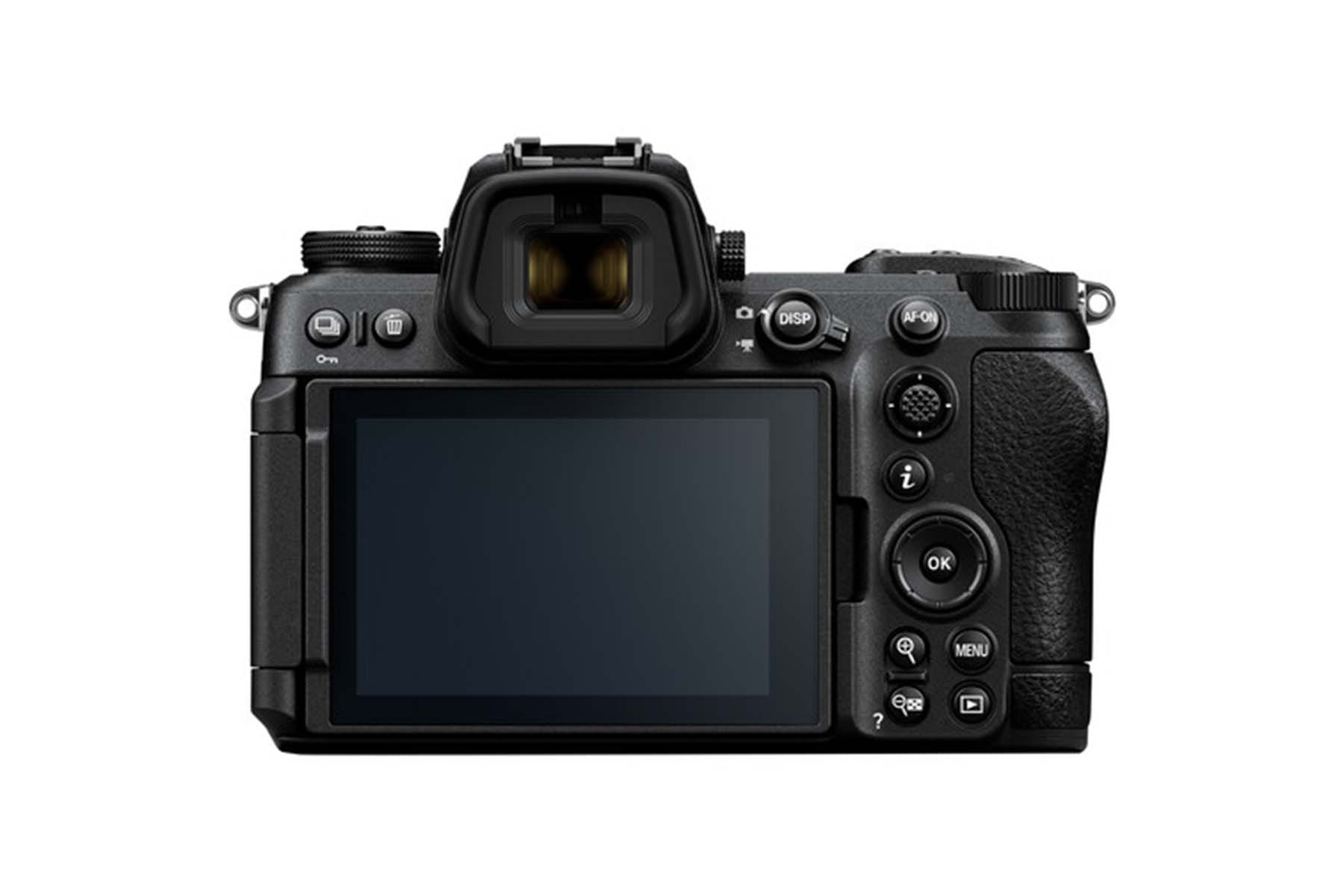
Sensor and Image Quality
The Z6 III is equipped with a 24.5-megapixel full-frame BSI CMOS sensor, which is a significant step up from the Z6 II. This sensor is paired with the EXPEED 7 image processor, promising faster processing speeds and better low-light performance. The camera excels in dynamic range, producing images with rich, vibrant colors and excellent detail even in challenging lighting conditions.
Low-light performance is particularly impressive, with an ISO range of 100-51,200 (expandable to 50-204,800). Noise levels are well-controlled, allowing for high-quality images even at higher ISO settings.
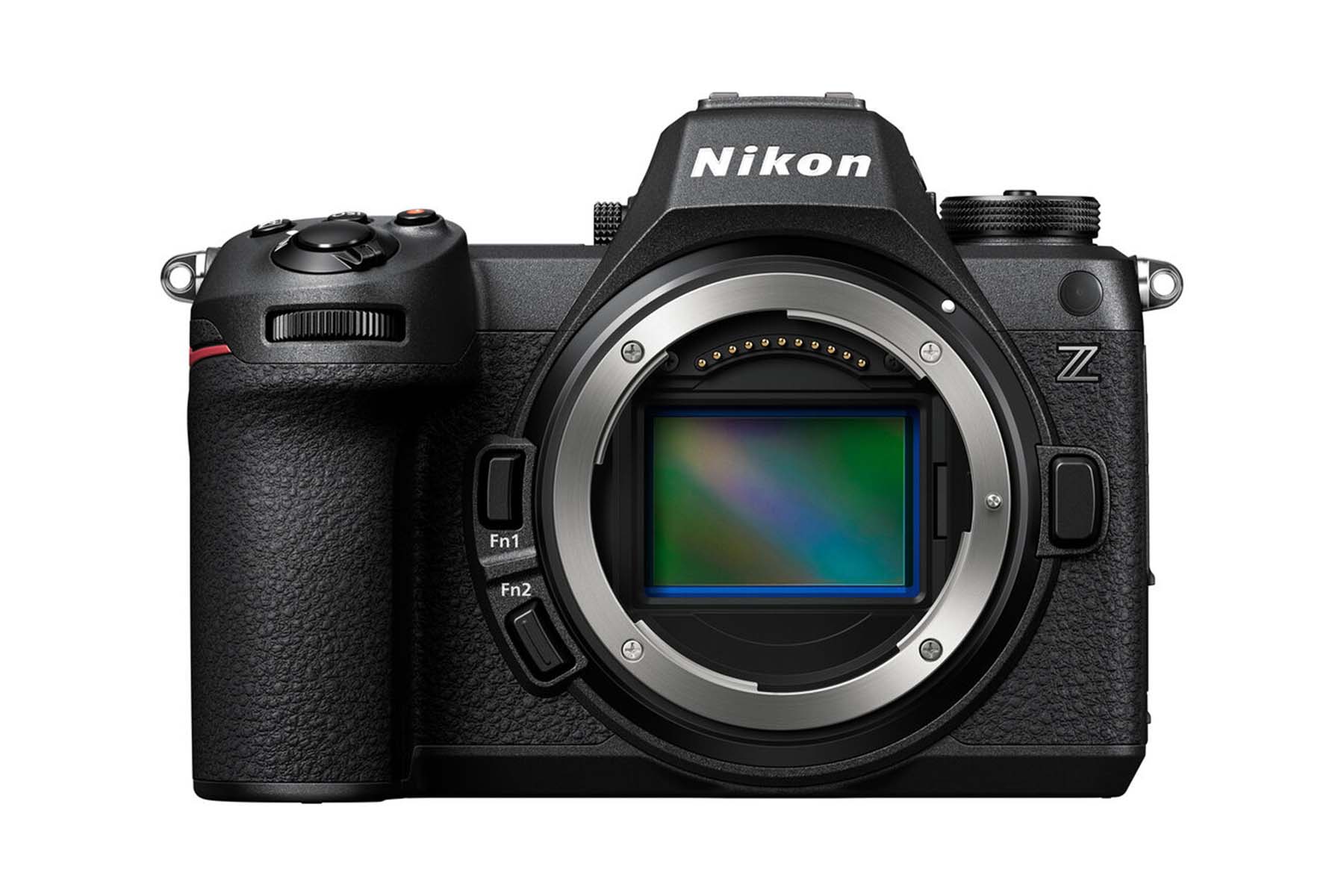
Autofocus and Speed
One of the standout features of the Z6 III is its advanced autofocus system. With 273 on-sensor phase-detect AF points, the camera offers quick and accurate focusing across the frame. Eye and face detection have been enhanced, making it easier to capture sharp portraits. The animal detection AF is also improved, catering to wildlife photographers.
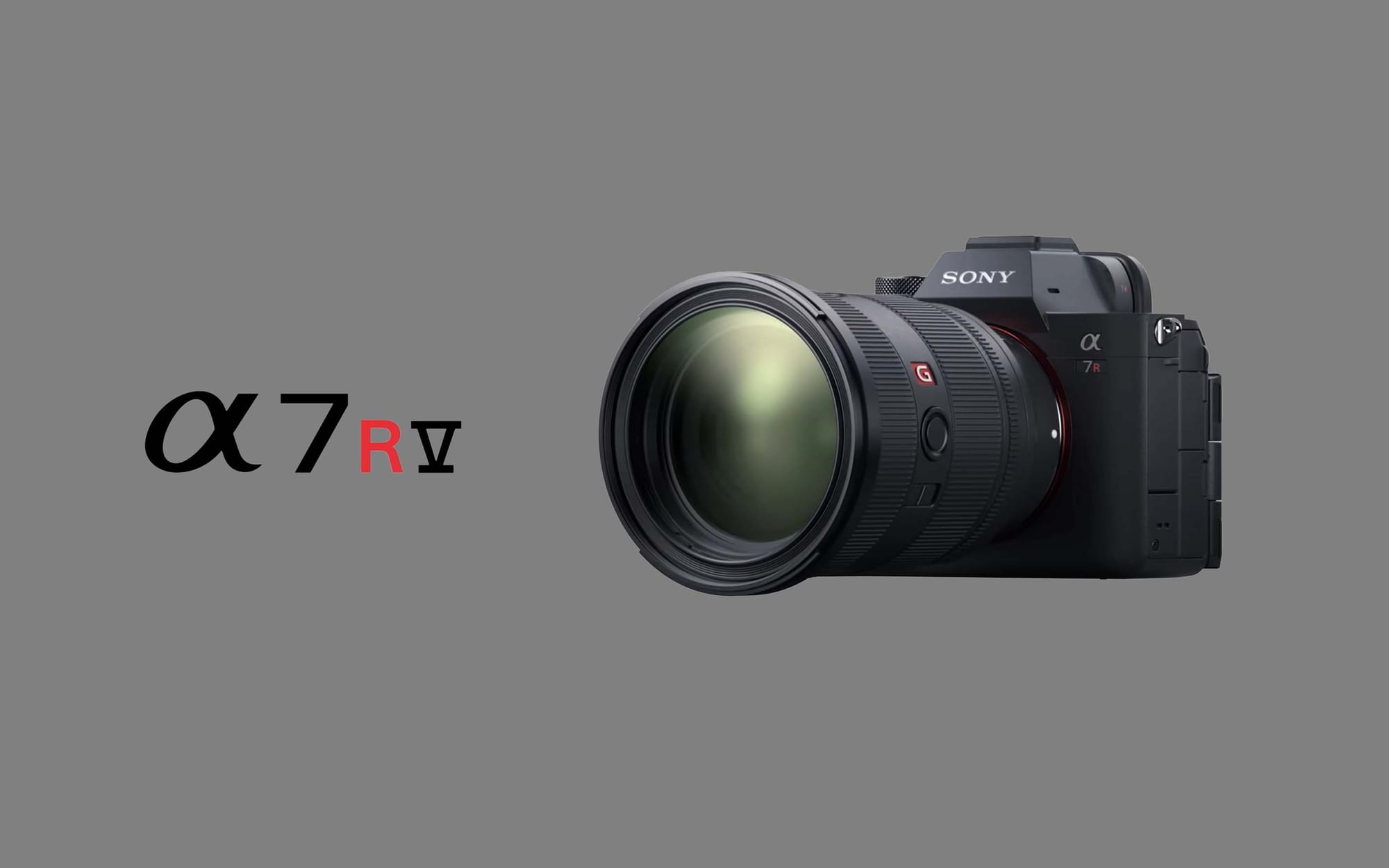
The camera supports continuous shooting at up to 14 frames per second, which is ideal for action and sports photography. The buffer depth has also been increased, allowing for longer bursts without slowing down.
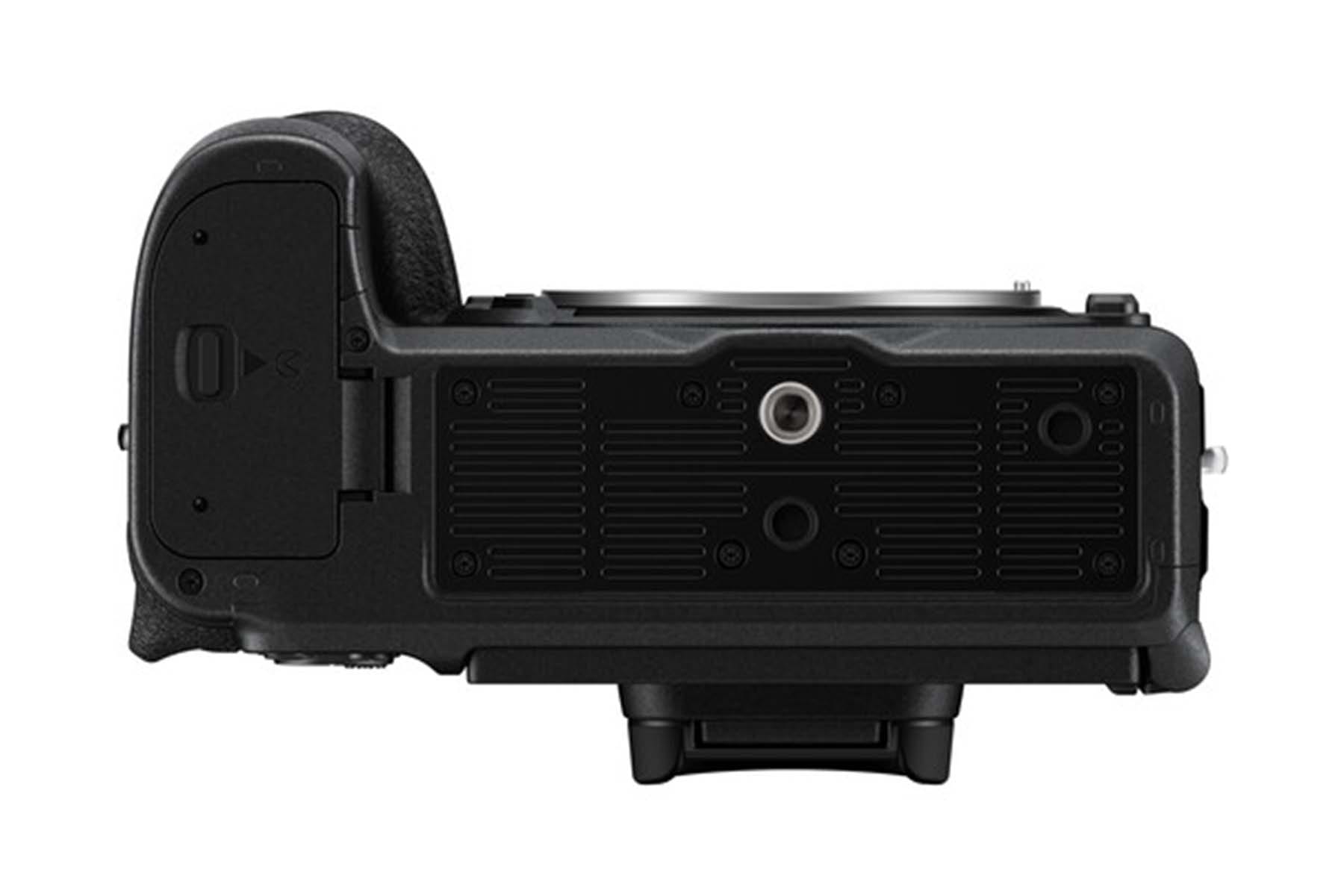
Video Capabilities
Videographers will appreciate the Z6 III's capabilities. The camera supports 4K UHD recording at up to 60p, offering smooth and detailed footage. It also includes features such as 10-bit N-Log and HDR (HLG) recording, providing greater flexibility in post-production. The addition of a full-size HDMI port is a welcome improvement for those who require an external monitor or recorder.
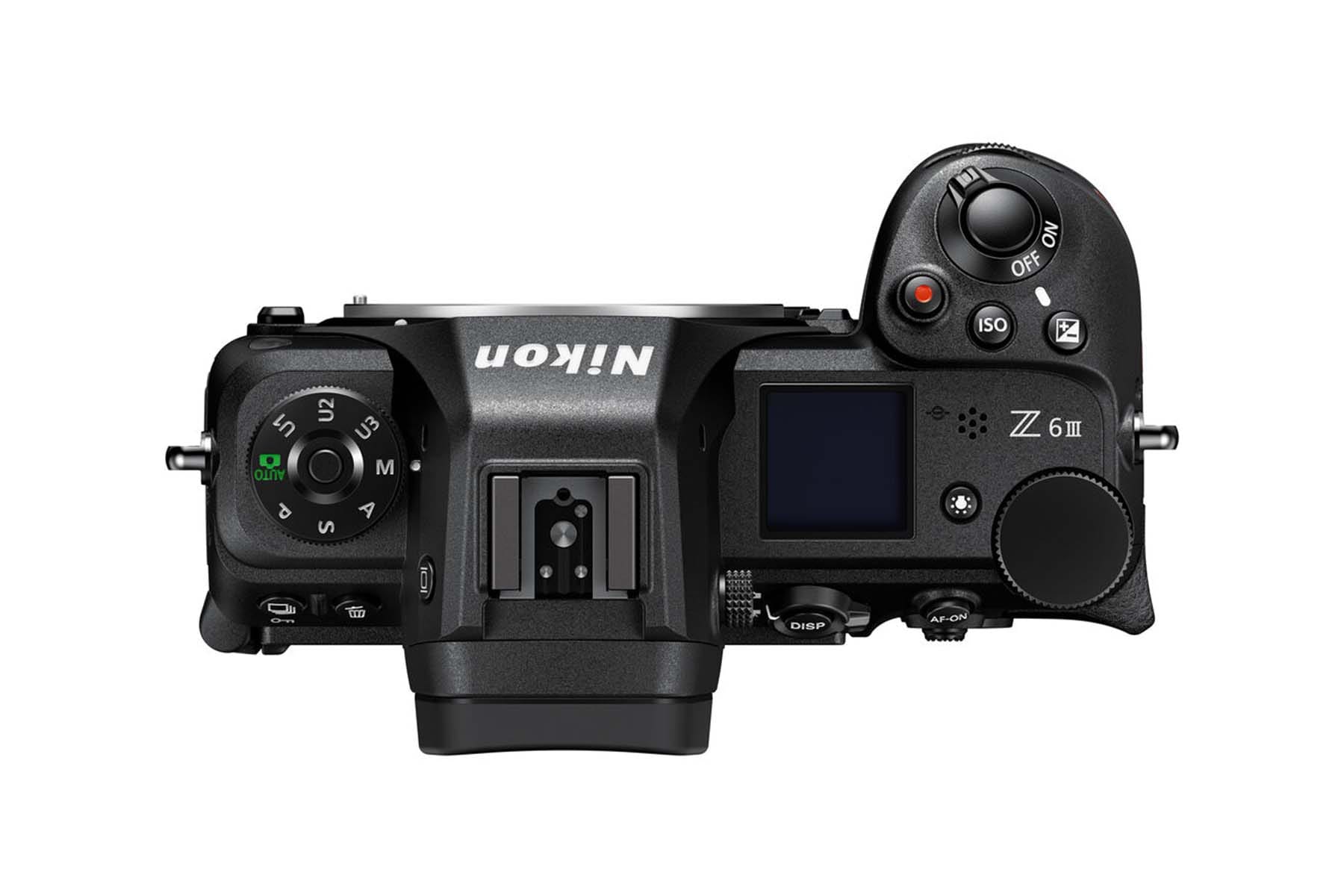
Connectivity and Battery Life
The Z6 III offers a range of connectivity options, including Wi-Fi, Bluetooth, and USB-C. These features make it easy to transfer files, control the camera remotely, and keep the firmware up to date. The camera is also compatible with the Nikon SnapBridge app, allowing for seamless integration with smartphones and tablets.
Battery life has been improved with the new EN-EL15c battery, providing approximately 420 shots per charge. This is a noticeable enhancement, especially for photographers who are often on the go.
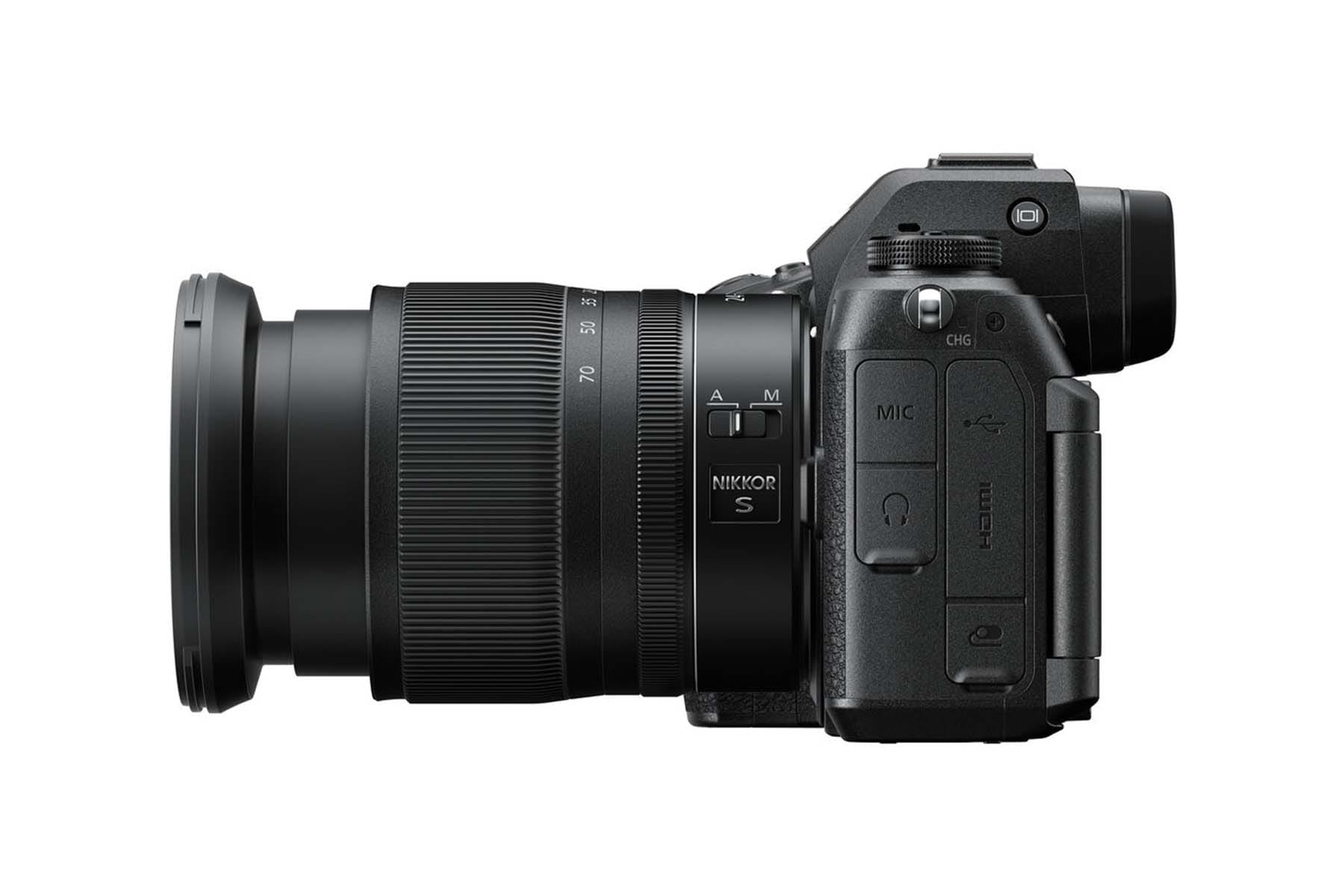
User Experience and Handling
The electronic viewfinder (EVF) boasts a resolution of 3.69 million dots, offering a bright and detailed view. The 3.2-inch tilting touchscreen LCD is responsive and provides a clear display, even in bright sunlight. The menu system is user-friendly, with customizable options that allow photographers to tailor the camera to their specific needs.
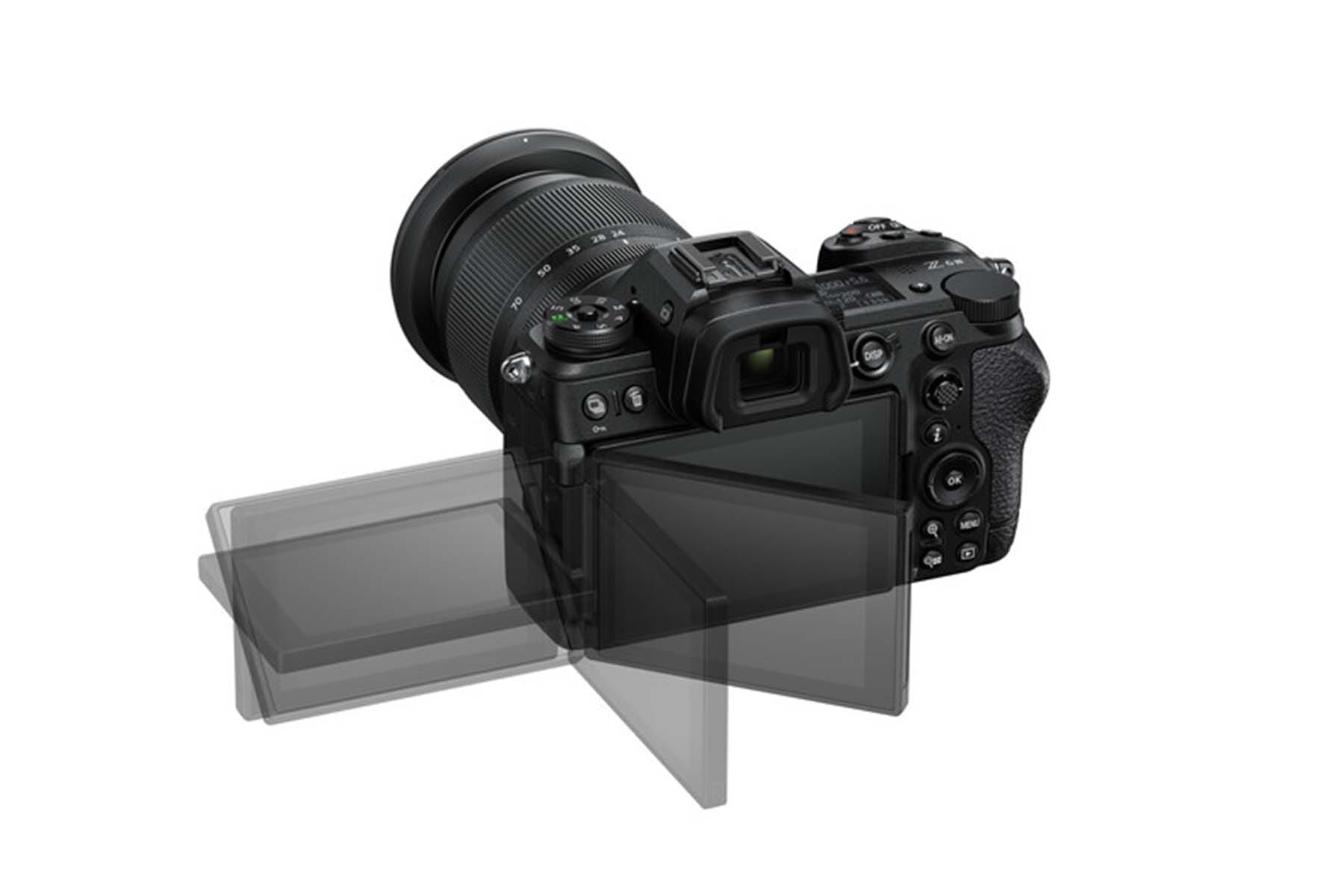
Comparison with Competitors
When compared to its competitors, such as the Sony A7 III and Canon EOS R6, the Nikon Z6 III holds its own. While the Sony A7 III offers slightly better battery life and autofocus performance, the Z6 III excels in build quality and video features. The Canon EOS R6, on the other hand, provides superior in-body image stabilization (IBIS), but the Z6 III's autofocus system and ergonomics are more refined.
Overall
The Nikon Z6 III is a formidable addition to the mirrorless camera market. It combines excellent image quality, robust build, and advanced features, making it a versatile tool for both photographers and videographers. Whether you are upgrading from an older model or switching from a DSLR, the Z6 III is a worthy investment that delivers on its promises.
For those seeking a reliable, high-performance camera that can handle a variety of shooting scenarios, the Nikon Z6 III is a top contender. With its blend of cutting-edge technology and user-friendly design, it is poised to become a favorite among enthusiasts and professionals alike.


